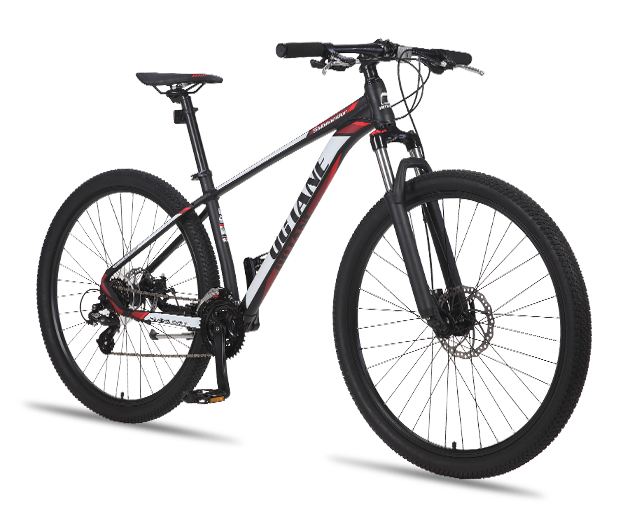Mountain biking is a thrilling adventure that allows you to explore nature’s wonders while pushing your limits. However, choosing the right bike that matches your riding style is crucial for an enjoyable and safe experience. In this article, we will guide you through the process of selecting the perfect mountain bike, considering various factors to provide comprehensive information.
Here are a few pointers to consider while selecting a mountain bike
- Understand Your Riding Style
The first step in choosing the right mountain bike is to understand your riding style. Are you a beginner looking for leisurely rides on smooth trails or an experienced rider seeking adrenaline-pumping downhill descents? Determine whether you prefer cross-country (XC), trail riding, enduro, downhill, or any other specific mountain biking discipline. This knowledge will help you narrow down your options.
- Consider the Terrain
The type of terrain you’ll be riding on plays a significant role in selecting a mountain bike. If you plan to ride on technical trails with rocks, roots, and steep descents, a full-suspension bike might be ideal. On the other hand, if you mostly ride on smoother trails or gravel paths, a hardtail mountain bike may suffice. Consider the frequency and severity of obstacles you’ll encounter to make an informed decision.
- Frame Material
This bike frames are typically made from aluminum, carbon fiber, steel, or titanium. Each material has its unique characteristics. Aluminum frames are lightweight and affordable, making them a popular choice for beginners. Carbon fiber frames offer excellent stiffness and vibration damping but come at a higher price point. Steel frames provide durability and a comfortable ride, while titanium frames are known for their strength and lightweight. Consider your budget and desired ride quality when choosing the frame material.
- Suspension System
The suspension system of a mountain bike significantly impacts its performance and comfort. There are two types of suspension: hardtail (front suspension) and full suspension (front and rear suspension). Hardtail mountain bikes are lighter, more efficient for climbing, and generally more affordable. Full-suspension mountain bikes offer improved traction, control, and comfort, making them suitable for rougher terrains and downhill riding. Choose the suspension system based on your riding style and the type of trails you’ll be exploring.
- Wheel Size
Mountain bikes come in different wheel sizes, including 26-inch, 27.5-inch, and 29-inch. Each size has its advantages. Smaller wheels provide agility and responsiveness, making them suitable for technical trails. Larger wheels roll over obstacles more easily, offering better stability and traction, especially on rough terrains. Consider your riding style, body size, and the type of trails you’ll be riding on to determine the ideal wheel size for your mountain bike.
- Components and Gearing
Pay attention to the components and gearing of the mountain bike. Quality components ensure smooth shifting, reliable braking, and overall durability. Consider the number of gears and gear ratios available, especially if you’ll be climbing steep hills or riding long distances. Higher-end mountain bikes often come with better components, but ensure that the bike you choose has the necessary features to meet your specific needs.
- Test Ride and Seek Expert Advice
Before making a final decision, it’s crucial to test-ride different mountain bikes. Most bike shops allow test rides, enabling you to assess the bike’s comfort, handling, and fit. Take the opportunity to seek advice from knowledgeable staff at the bike shop or consult experienced mountain bikers. Their expertise can help you make an informed decision based on your riding style, terrain, and budget.
Conclusion
Choosing the right bike that suits your riding style is paramount to a fulfilling and enjoyable experience on the trails. By considering factors such as terrain, frame material, suspension system, wheel size, and components, and seeking expert advice, you can make an informed decision. Whether you opt for a traditional mountain bike or a specialized fat bike designed for challenging terrains, ensure that it aligns with your preferences and requirements.



